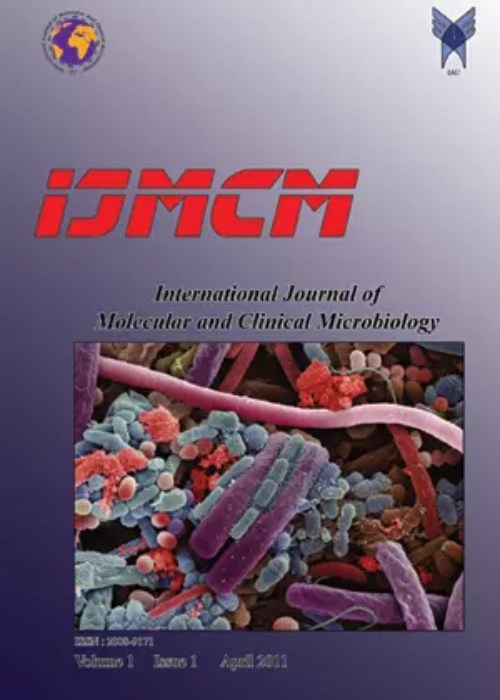A comparative investigation on zearalenone toxin production patterns during mycoprotein production by Fusarium solani using carbon and nitrogen resources
Author(s):
Article Type:
Research/Original Article (دارای رتبه معتبر)
Abstract:
Fusarium is a fungus that is commonly found as saprophytes with parasitic life on some living organisms. Mycoprotein or fungus proteins with physical and chemical features are known as food in recent years. When they are involved in temperature and wet stress, release materials such as mycotoxins or fungus toxins remained in food. Zearalenone and dependent compounds have distinct role in many fungus toxicity and beings especially despite acute toxicity. Also the global allowed rate of zearalenone in foods is 30-1000 nano gr/ppb. The submerged culture environment to produce fungus biomass was Vogel basic medium.Then, the produced fungus biomasses were harvested at 4500rpm for about 20 minutes by centrifugation, washed and rinsed twice and desiccated overnight in room temperature. The dry weight biomass was measured and used in order to measure protein rate extracts for toxin estimating based on producer instructions. Then, 50ml substrate was added and after 5 minutes stopper enzyme was added. Finally, the zearalenone toxin amount was measured by ELISA reader system. The results show that after nitrogen resource, the carbon resource play the second role in production and increase of toxin rate in mycoprotein biomass extracts. Verifying the optimum submerged environment in which all optimal conditions of each steps were applied (the first priority of optimal environment include 0.25% of Starch originated carbon resource and 0.25% of Urea originated nitrogen resource) showed the rate of protein production was 0.642% that is have more increased about 0.207% in relation to basic submerged environment. In this environment the amount of zearalenone toxin was 0.99 ppb/gr. In the other way, when we use 2.64% of Rice bran as replacement carbon resource, using 0.75% of Urea in compare with 0.50% of Soy bean peptone as nitrogen resources we could observe an increase of toxin rate in biomass about 0.66 %. While the amount of Urea reduced to 33% and even we use 0.25% of Starch instead of Rice bran, the toxin in biomass reduced into 71% and reached to 0.99 ppb/gr. When we use 2.30% of Meat peptone, applying 0.50% of Urea in compares with 0.50% of Soy bean peptone increase up to 66% of zearalenone toxin in biomass and reached to 0.77 ppb/gr.
Keywords:
Language:
English
Published:
International Journal of Molecular and Clinical Microbiology, Volume:3 Issue: 1, Winter and Spring 2013
Pages:
251 to 254
magiran.com/p1965466
دانلود و مطالعه متن این مقاله با یکی از روشهای زیر امکان پذیر است:
اشتراک شخصی
با عضویت و پرداخت آنلاین حق اشتراک یکساله به مبلغ 1,390,000ريال میتوانید 70 عنوان مطلب دانلود کنید!
اشتراک سازمانی
به کتابخانه دانشگاه یا محل کار خود پیشنهاد کنید تا اشتراک سازمانی این پایگاه را برای دسترسی نامحدود همه کاربران به متن مطالب تهیه نمایند!
توجه!
- حق عضویت دریافتی صرف حمایت از نشریات عضو و نگهداری، تکمیل و توسعه مگیران میشود.
- پرداخت حق اشتراک و دانلود مقالات اجازه بازنشر آن در سایر رسانههای چاپی و دیجیتال را به کاربر نمیدهد.
In order to view content subscription is required
Personal subscription
Subscribe magiran.com for 70 € euros via PayPal and download 70 articles during a year.
Organization subscription
Please contact us to subscribe your university or library for unlimited access!


